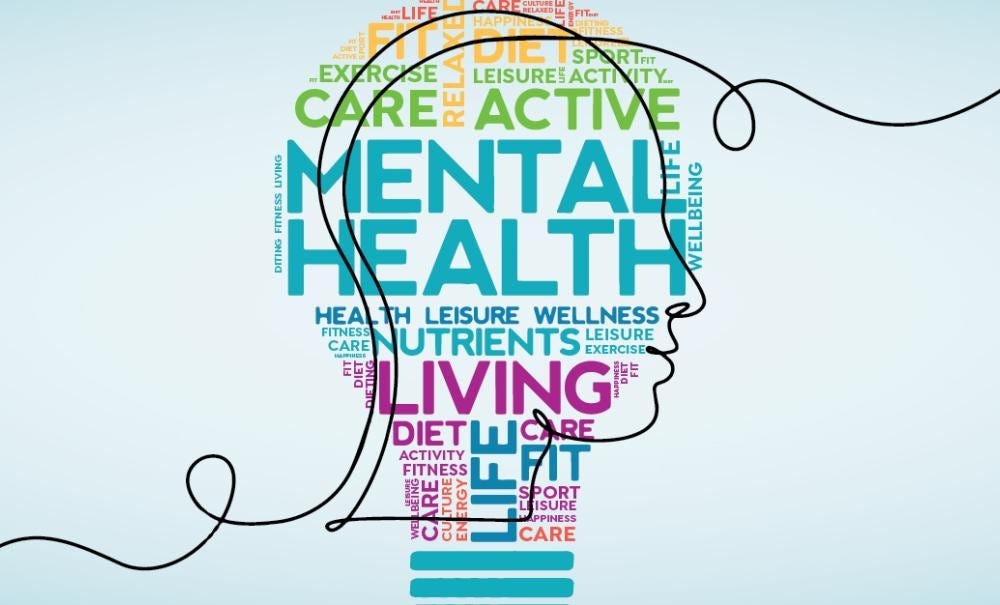In the pursuit of a fulfilling and balanced life, prioritizing emotional well-being is paramount. Emotions are the essence of our human experience, influencing every aspect of our lives.
This article explores a range of effective practices aimed at nurturing emotional well-being, fostering resilience, and promoting a positive outlook on life.
Mindfulness Meditation
Mindfulness meditation is a powerful practice that involves cultivating awareness of the present moment without judgment. Regular meditation helps individuals observe their thoughts and emotions objectively, reducing stress, and promoting emotional balance. Apps and guided meditations make it accessible for beginners, providing a structured approach to mindfulness.
Journaling and Self-Reflection
Journaling offers a therapeutic outlet for expressing emotions and reflecting on experiences. By putting pen to paper, individuals can gain insight into their thoughts and feelings, fostering self-awareness and emotional clarity. Dedicated reflection time allows for a deeper understanding of one’s emotional landscape.
Gratitude Practices
Cultivating a sense of gratitude has been linked to increased emotional well-being. Regularly acknowledging and appreciating positive aspects of life, no matter how small, can shift focus away from challenges and contribute to a more optimistic mindset. Keeping a gratitude journal or sharing daily gratitudes with a partner or friend are effective ways to incorporate this practice into daily life.
Emotional Expression through Art
Engaging in creative activities, such as painting, drawing, or writing, provides an expressive outlet for emotions. Artistic expression allows individuals to externalize and process complex feelings, fostering emotional release and self-discovery. The act of creation can be both therapeutic and empowering.
Social Connection
Building and maintaining meaningful connections with others is a cornerstone of emotional well-being. Regular social interactions, whether in-person or virtual, contribute to a sense of belonging and support. Cultivate relationships with friends, family, and community, fostering a network of emotional support.
Mindful Breathing and Relaxation Techniques
Simple yet effective, mindful breathing and relaxation techniques can quickly bring emotional equilibrium. Practices like deep breathing, progressive muscle relaxation, or guided imagery activate the body’s relaxation response, reducing stress hormones and promoting a sense of calm.
Setting and Respecting Boundaries
Establishing and maintaining healthy boundaries is essential for emotional well-being. Clearly communicate personal limits, both with oneself and others. Setting boundaries protects against emotional burnout, preserves energy, and ensures that personal needs are prioritized.
Physical Exercise
Regular physical activity has profound effects on emotional well-being. Exercise releases endorphins, the body’s natural mood enhancers, and reduces stress hormones. Whether it’s a brisk walk, yoga, or a gym workout, incorporating movement into daily life positively impacts emotional health.
Cultivating a Growth Mindset
Adopting a growth mindset involves embracing challenges as opportunities for learning and growth. Instead of viewing setbacks as failures, individuals with a growth mindset see them as stepping stones to improvement. This perspective fosters resilience, adaptability, and a positive emotional outlook.
Conclusion
Prioritizing emotional well-being is a holistic and ongoing journey, requiring a commitment to self-care practices that resonate with individual needs.
By integrating mindfulness, expression, gratitude, social connection, and other practices into daily life, individuals can create a foundation for emotional resilience and a more fulfilling, balanced existence.
Ultimately, nurturing emotional well-being is an investment in a healthier and happier life journey.

Leave feedback about this